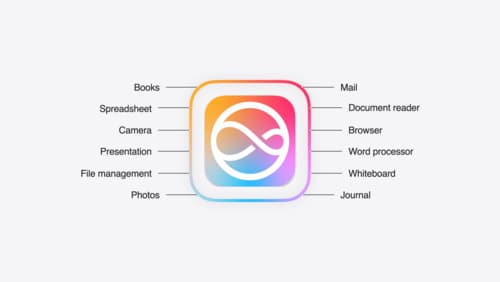How do I support Siri and Apple intelligence?
Asked on 2024-07-30
1 search
To support Siri and Apple Intelligence in your app, you can leverage several frameworks and APIs introduced and enhanced at WWDC 2024. Here are the key steps and tools you can use:
-
Integrate with SiriKit and App Intents:
- SiriKit: Allows you to use system-provided intents to enable actions in your app. If your app's functionality aligns with existing SiriKit domains, this is a straightforward way to integrate.
- App Intents: If your app does not overlap with an existing SiriKit domain, you can use the App Intents framework. This allows you to define custom intents and actions that Siri can perform within your app.
-
Utilize Apple Intelligence:
- Natural Language Processing: Siri now uses large language models to understand and process natural language more effectively. This means users can interact with Siri in a more conversational manner, and Siri will understand even if they stumble over their words.
- Contextual Awareness: Siri can now understand the context of what the user is looking at on their screen and take appropriate actions. This is powered by Apple Intelligence, which provides on-screen awareness and personal context understanding.
- Semantic Search: With the new semantic search capabilities, Siri can understand the meaning behind search queries. For example, searching for "pets" will return results for cats, dogs, and other related animals.
-
Expose App Capabilities:
- App Intents and App Entities: By defining app intents and entities, you can expose your app's capabilities to Siri. This allows Siri to perform actions and retrieve data from your app more naturally and contextually.
- Spotlight API: This new API enables your app's entities to be included in Siri's index, allowing for deeper integration and more powerful search capabilities.
-
Implement Personal Context:
- Personal Context Understanding: Siri can now access a semantic index of personal information such as photos, messages, files, and calendar events. This allows Siri to provide more personalized and relevant responses based on the user's context.
For a detailed walkthrough on how to bring your app to Siri, you can refer to the session "Bring your app to Siri" starting at the introduction.
Relevant Sessions
These sessions provide comprehensive information on integrating your app with Siri and leveraging the new capabilities provided by Apple Intelligence.

18 things from WWDC24
Here’s your guide to the big announcements from this year’s Worldwide Developers Conference.

Bring your app to Siri
Learn how to use App Intents to expose your app’s functionality to Siri. Understand which intents are already available for your use, and how to create custom intents to integrate actions from your app into the system. We’ll also cover what metadata to provide, making your entities searchable via Spotlight, annotating onscreen references, and much more.

Platforms State of the Union
Discover the newest advancements on Apple platforms.
